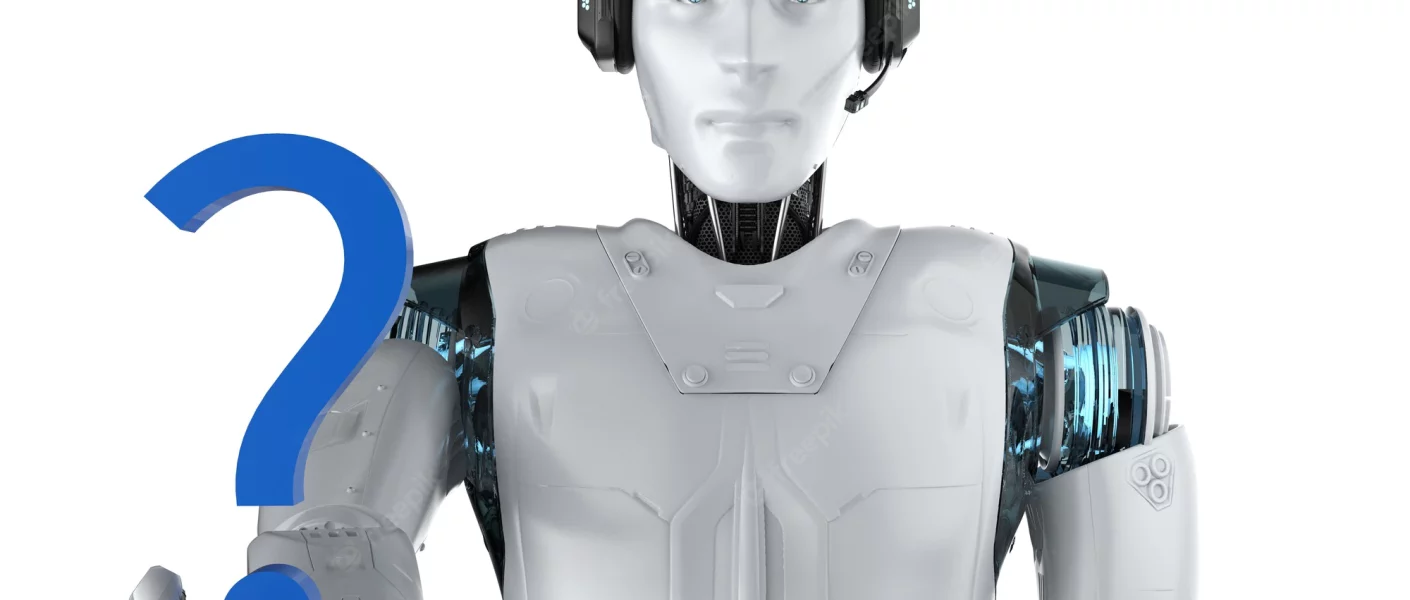Q: What is ChatGPT?
A: The conversational language model ChatGPT was created by OpenAI. It is trained on a sizeable dataset of conversational text and makes use of a transformer architecture. It may be adjusted for a range of language tasks, including classification tasks like sentiment analysis and named entity recognition as well as generative tasks like question answering and machine translation.
Q: How can ChatGPT be used in business?
A: There are several corporate applications for ChatGPT, including:
Chatbots: ChatGPT can be tailored to function as a chatbot, responding to inquiries and giving customers information in a conversational manner.
Virtual Assistants: ChatGPT can be customized to function as a virtual assistant, assisting staff members with scheduling, email management, and other duties.
Content Generation: ChatGPT can produce content including product descriptions, blog posts, and email replies.
Language Translation: Businesses can use ChatGPT to interact in a variety of languages with clients and partners thanks to machine translation that can be customized within the software.
Q: What are the advantages of using ChatGPT in business?
A: Using ChatGPT in a commercial setting has some benefits, such as:
Improved customer service: ChatGPT can assist organizations in responding to client enquiries promptly and accurately, increasing client satisfaction.
Increased efficiency: Businesses may automate routine procedures with ChatGPT, freeing up staff time for higher-value work.
Cost Savings: By automating processes that would otherwise be completed by people, ChatGPT can assist organizations in reducing labour expenditures.
Better Content: Businesses can rapidly and inexpensively produce high-quality content with ChatGPT’s assistance.
Q: How can I use ChatGPT in my business?
A: You can start by optimizing a pre-trained model on your own data and task if you want to use ChatGPT in your company. This usually entails giving ChatGPT a dataset with illustrations of the kinds of input and output you want the model to generate.
Additionally, you can utilize pre-made models and refine them using your data. After little tweaking, you can use the model to create or categorize text or to create a chatbot-like conversational interface.
Q: What are ChatGPT’s limitations?
A: Some limitations of ChatGPT include:
- Quality of the output is dependent on the quality and size of the data it was fine-tuned on.
- When asked queries that are unrelated to its training set, the model may have trouble coming up with intelligible text.
- In general, GPT models have trouble picking up on sarcasm, idioms, and other linguistic quirks.
- If the model is trained on biassed data, there is a danger of bias in the generated or categorized outputs.

